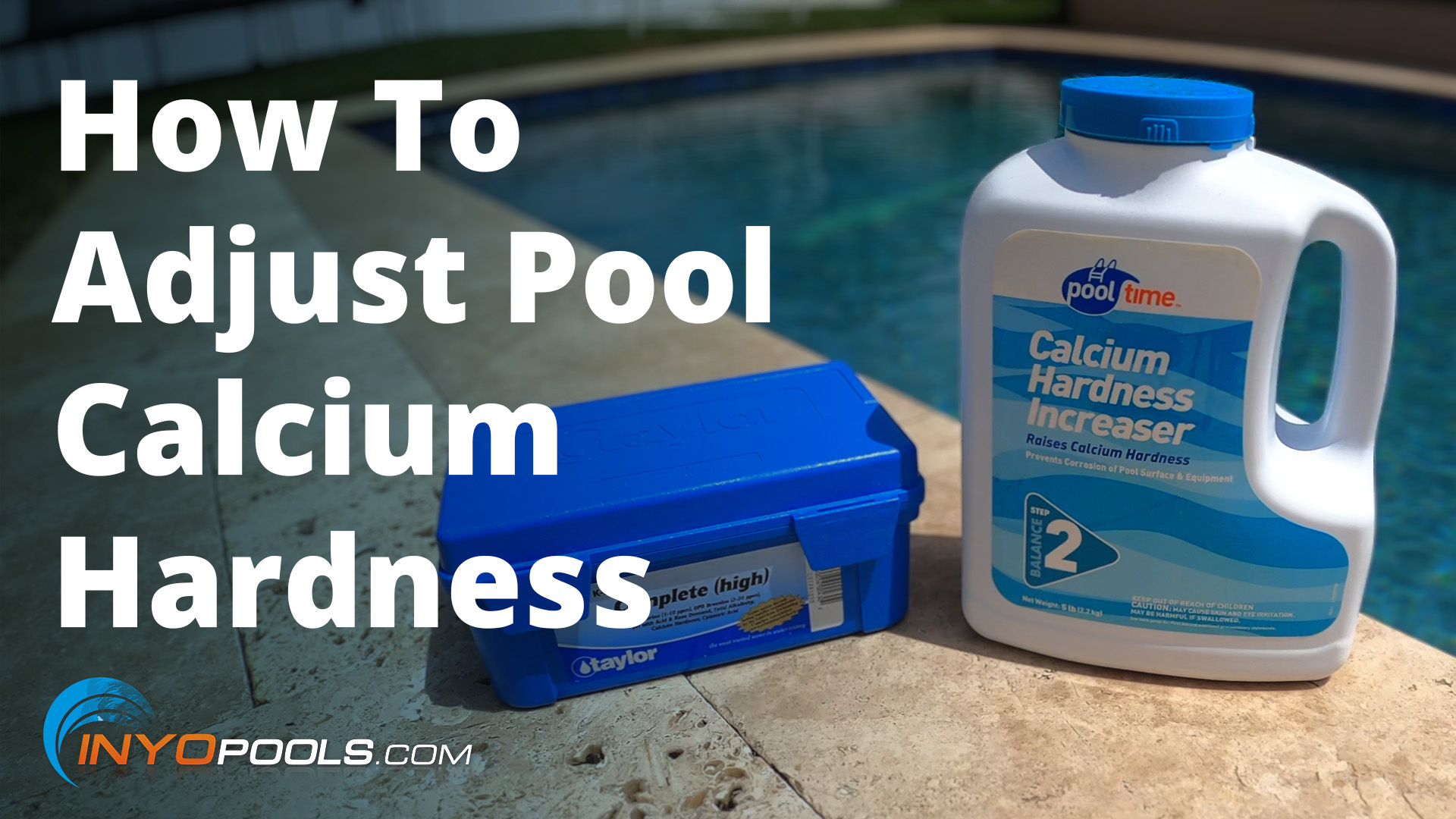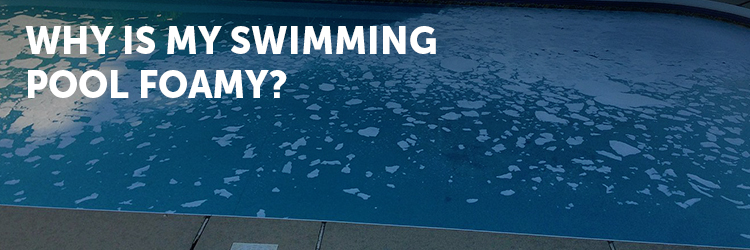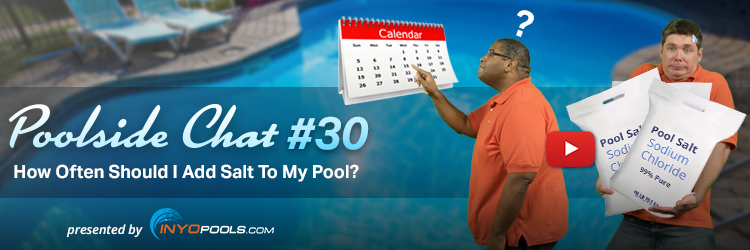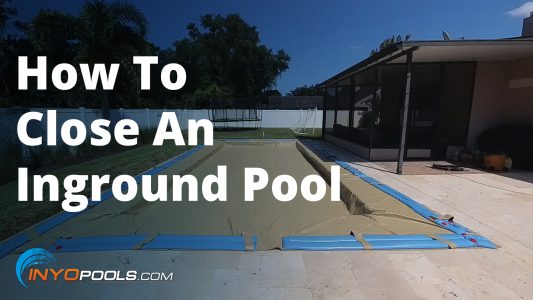The testing and adjustment of your pool calcium hardness can be completed in a few easy steps. Calcium stabilizes your pool water preventing it from damaging or staining your pool’s surface.
Effects of an Imbalanced Pool Calcium Hardness
Hardness is too Low – 200ppm or Lower
When the water’s calcium hardness level is low, it is considered “soft.” Despite the term, soft, water with low calcium content attacks your pool surface, grout, and any metals it contacts to draw out any calcium so it may balance itself; this phenomenon is called Leaching.
Calcium is Too High – 400 ppm or Higher
Water with high calcium content is referred to as “too hard.” The most common symptom of hard water in pools is a noticeable build-up of a why chalky on the pool halls, tiles, and plumbing line.
Scale build-up can occur in a heater’s exchanger, which insulates the water from the exchanger tubes lowering its heat rise efficiency. A byproduct of salt chlorine generators is scale build-up; cells must be acid washed to allow for electrolysis.
Testing Your Water
Knowing your water’s current calcium level is the first step to adjusting it. Next, you need to know where it’s at to know where to take it.
Most basic test strip kits have a tab and color scale to measure calcium hardness. Instead, use reagent test kits like the Pureline Test Kits for more accurate results. And local pool stores usually offer free in-store water cample tests; these in-store tests are suitable for verifying surprising test results from one of the first two options.
Calculate your pool’s volume in gallons to know dosage amounts or how much water to drain.
How to Lower Calcium Hardness
The only reliable way of lowering your calcium hardness is to drain a portion of your water and refill it with fresh water. Then, test the new water’s hardness level before adding it to the pool. We don’t want to add new water with similar or higher calcium levels to your already hard water.
How to Raise Calcium Hardness Level
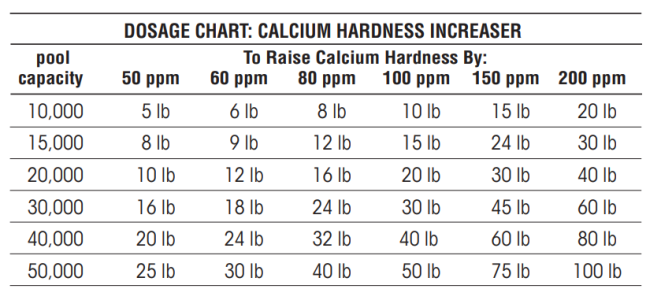
Follow the instructions on your calcium increaser of choice. Below are the steps used for the brand we used.
- Broadcast calcium hardness increaser in the pool at the rate suggested in the dosage chart
- Brush Pool to help dissolve products that may settle to the bottom.
- Re-test the pool water after the product has completely dissolved. Repeat steps if necessary.

